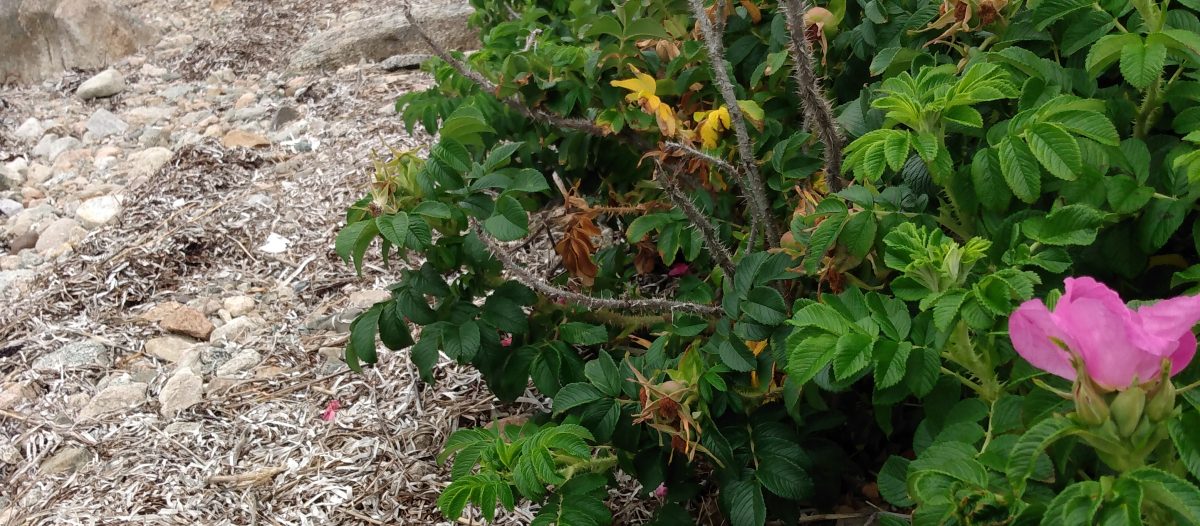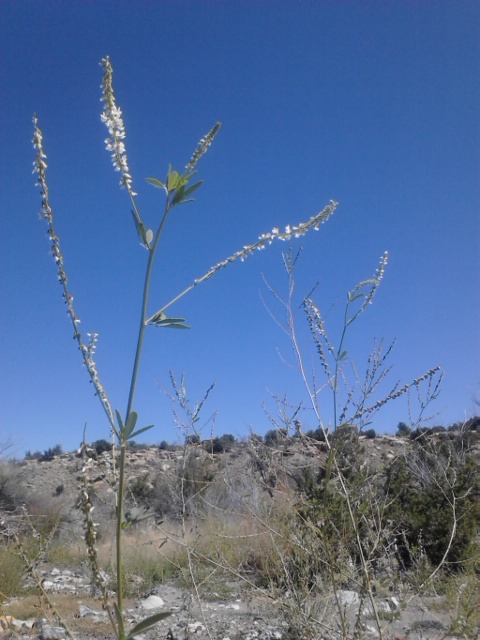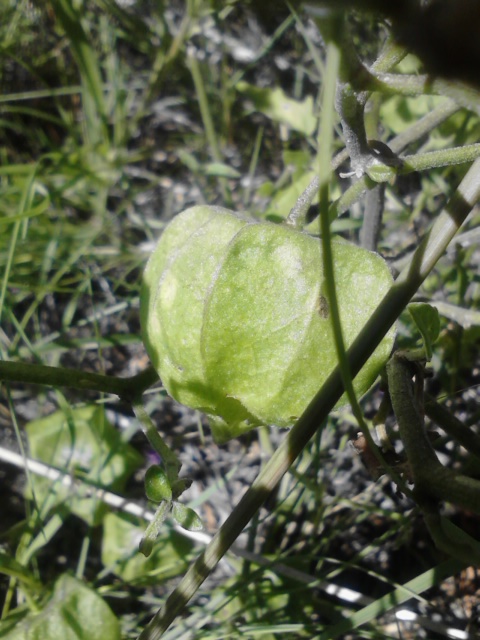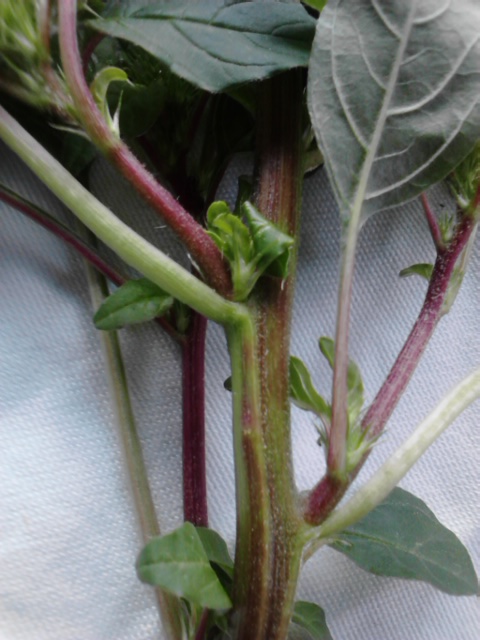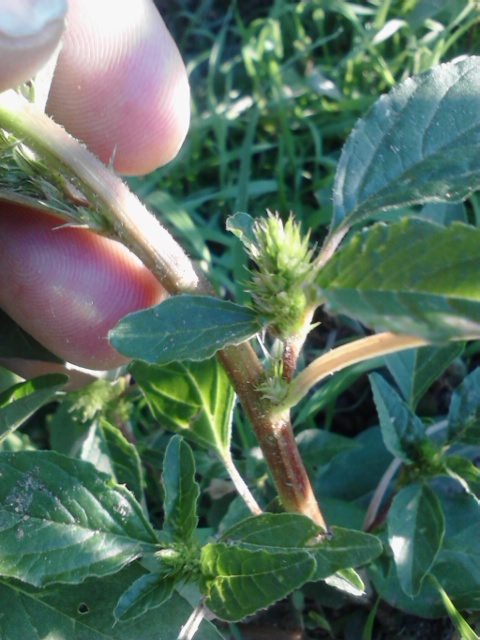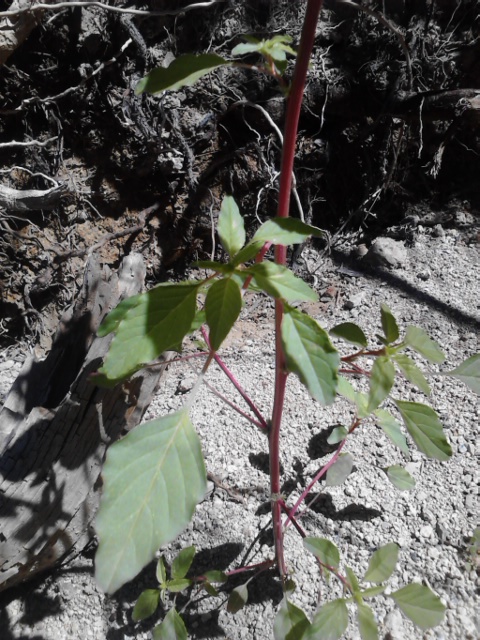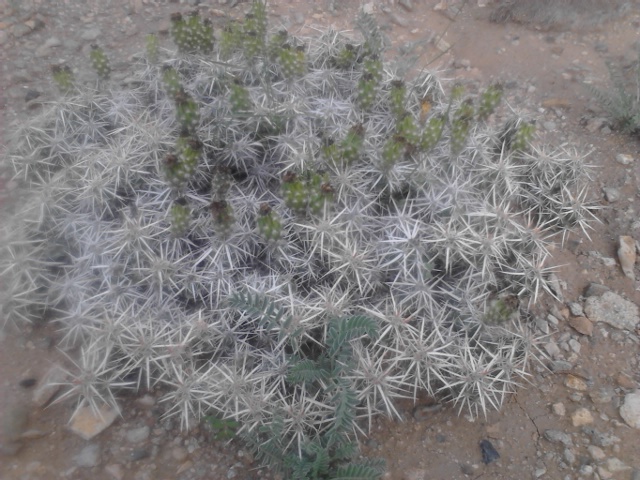
This image and more about compass rose.
And a quick sketch in my journal

It feels fitting to begin with an image of a compass rose. Originally used to help the map reader bear in mind the direction of the winds. It then became a tool to indicate the cardinal directions. This is a modern representation of a compass rose.
The directional points have long been described as the petals of a rose.
This post is about the Rosehips I found while traveling alongside the Oregon trail. So much history, and stories. Some painful. Some a reckoning of western expansion and what effects this had. Migrations were often miles wide. This had a substantial effect on the area and interfered with Native American grazing lands, to say the least.
But, it remains an interesting, if not sometimes painful reminder of past events. Of perseverance and direction. Of the people. Of the roses which remind us of who once were and travelled through
the Oregon Trail.
I found the rosebushes with flowers past bloom, in a half deciduous state with only the Rosehips. But, I immediately recognized the red fruit as Rosehips and the leaves as Rose leaves. Stems adorned with prickles.
………………………………………………………………………………………………………………………
*Please forage with someone who knows and/or bring a guidebook with you.
Always be absolutely certain when foraging.
If in doubt leave it out!
………………………………………………………………………………………………………………………


What are Rosehips Anyway?
According to this site on Wikipedia:
http://en.m.wikipedia.org/wiki/Rose_hip
“The rose hip, also known as rose haw or rose hep, is the fruit of the rose plant, that typically is red-to-orange, but ranges from dark purple to black in some species. Rose hips begin to form after successful pollination of flowers in spring or early summer, and ripen in late summer through
autumn.”
(In my photo: This patch of Rosehips was in an area where a lot of leaves had dropped. Less than a quarter mile away were Rose plants that had more leaves.)

Rosehips are used for foods and beverages.
“Rose hips can be used to make Palinka, a traditional Hungarian alcoholic beverage. They are also the central ingredient of Cockta, the fruity-tasting national soft drink of Slovenia. [2]
…Rose hips are commonly used as a tisane, often blended with hibiscus, and also as an oil. They can also be used to make jam, jelly, marmalade, and rose hip wine. Rose hip soup, “nyponsoppa”, is especially popular in Sweden. Rhodomel, a type of mead, is made with rose hips.”
And according to this wikipedia site there is more info about the rose plant itself.
“A rose is a woody perennial of the genus Rosa, within the family Rosaceae. There are over 100 species. They form a group of plants that can be erect shrubs, climbing or trailing with stems that are often armed with sharp prickles.” (Thorns)
“Most species are native to Asia, with smaller numbers native to Europe, North America, and northwest Africa.”
Also this site gives Excellent:
Identification Characteristics!
“The leaves are borne alternately on the stem. In most species they are 5 to 15 centimetres (2.0 to 5.9 in) long, pinnate, with (3–) 5–9 (–13) leaflets and basal stipules; the leaflets usually have a serrated margin, and often a few small prickles on the underside of the stem. Most roses are deciduous but a few (particularly from South east Asia) are evergreen or nearly so.”
“The flowers of most species have five petals, with the exception of Rosa sericea, which usually has only four. Each petal is divided into two distinct lobes and is usually white or pink, though in a few species yellow or red. Beneath the petals are five sepals (or in the case of some Rosa sericea, four). These (sepals) may be…visible when viewed from above… as green points alternating with the rounded petals. There are multiple superior ovaries that develop into achenes.* [4] Roses are insect-pollinated in nature.”
* achenes are dry one seeded fruit. These achenes are surrounded by the hypanthium.
…………………………………………………………………………………………………………………
Here is a Rosehip split in half. It is a closeup of achenes, fibers/hairs and surrounding edible hypanthium. The inside world of a Rosehip!

………………………………………………………………………………………………………………………
Rosa rugosa and Rosa canina are known to make delicious rose hips although there are many rose species that do produce hips.

……………………………………………………………………………………………………………………
Rosehips Along the Oregon Trail
Pioneer Rose or Harison’s Rose
Photograph by Cheryl Netter
From website:
http://www.deborahbedfordbooks.com/harison_rose.html

I was very happy to find Rosehips along the Oregon Trail.

Pioneers of the Oregon trail often marked graves of loved ones, who died along the way, with roses which survive to this day. According to the following newspaper article one of the most common of these roses was the Harison rose. A yellow rose. Unfortunately, as I was traveling through, I did not get a chance to see the flowers in bloom. But, I did enjoy the rosehips that I gathered along the Oregon trail. It really got my imagination going. Wondering if the rose bushes I found were tokens of affection for loved ones lost or homesteads along the way. Check out this interesting article about roses and the pioneers who brought rose cuttings with them and preserved those cuttings by sticking the ends into potatoes!
http://www.wyomingnews.com/articles/2013/07/16/entertainment/02ent%2007-15-13.txt
Also this next newspaper article, written by
Erica L. Calkins for the “Seattle Times.,” gives accounts of pioneer’s experiences.
And, tells of a pioneer descendant, who traces the stories of the women who brought 20 different species along with them on the Oregon Trail!
http://community.seattletimes.nwsource.com/archive/?date=19950219&slug=2105943
And here is an interesting article about the unusual ingredients pioneer women used in beverages including Rosehips. It also includes a Native American beverage called Yaupon spiced tea which became popular with pioneers.
http://m.voices.yahoo.com/unusual-ingredients-pioneer-women-used-making-beverages-7957528.html
Roses have travelled from all over the world. From one part to the next. And because of this and native species, roses are, delightfully, common. My life has been etched by the sweet life of roses.
From the wild rose bushes on the Oregon Trail to my discoveries of roses growing wild when I was a child. A favorite memory is of rosehips and rose flowers I admired each time I entered alongside the dunes and pathways to the beach a few miles from my home. They always fascinated me and still delight me to this day.
What are your memories of roses? Rosehips, rose petals, or tea, the prickly thorns…smelling blossoms… we are lucky to share in the stories of roses.
………………………………………………………………………………………………………………………..
I am adding to this post. Connecting with my family with a loved one and hospice care.
I found a little time to go to the ocean and I found Beach roses and rosehips! What a blessing!


I remember beach roses and rosehips from childhood days at the ocean.
So sweet to greet them again now.

a brief and healing visit to the ocean.
……………………………………………….
Roses. Take time to smell the roses!…I’ll be honest it’s hokey but, I can’t resist taking the time to do this! Some smell sweeter than others and it is a sweet experience amidst the hubbub of sometimes pervasive tediousness… 🙂
Awww, the sweetness of rose, soothes.
I can’t seem to find the origin of the phrase…”take time to stop and smell the roses” I was hoping it might have stemmed from Shakespeare but, I haven’t found a direct reference. Funny enough, I grew up hearing this and thought it was an age old idiom. I need a good old fashioned idiom origin book
… but, alas, amidst my small trove of belongings and printed materials I do not have one. And this is all food for thought.
After all this why not enjoy a Prickly Pear fruit and Rose petal syrup Cachaça Cocktail!
And now, after a relaxing beverage… Here is more Food For Thought!…
……………………………………………………………………………………………………………………….
NUTRITION OF ROSE HIPS

Excellent Information presented below from the following site:
http://lifestyle.iloveindia.com/lounge/health-benefits-of-rosehip-tea-7607.html
Rosehip Tea Health Benefits:
Tips for Rosehips!
🙂
*Notes: Steep in hot water rather than
boiling Rosehips to make tea.
*do not use aluminum pan/mug
*do not store Rosehips in metal
High in Vitamin C
And can give an energy boost due to high vitamin C content.
(It is better to steep rosehips, i.e. for tea, as this will retain more vitamin C content rather than boiling.)
Additional Vitamins Include:
A, B1, B2, B3, E, K, P as well as C
Further Nutrients Include:
Potassium
Calcium
Iron
Carotenoids
Pectin
Anti-oxidants
Bio-Flavanoids
Phytochemicals
Rutin
Also According to the:
Lifestyle Article: I love India. Rosehip Site
Rosehip tea has anti-aging properties. It regenerates cells and has healing properties.
The phytochemicals in rosehips prevent cancer and some cardiac problems.
Furthermore:
Can prevent some colds and viruses.
Helps clear mucus and clears out respiratory tract.
Helps with UTI
Anti stress agents
Anti Depressant
Regulates Hormones
Hydrates Skin
Improves Circulation
Also: Relieves Menstrual cramps, headaches, diahrrea, dizziness, and nausea.
Rosehip tea can help with allergies, asthma and bronchitis as well.
The pectin in tea helps with constipation. Pectin can lower cholesterol and cleans out intestines.
Rosehips can help with some cardiac issues.
Also according to the source below, health benefits are described.
http://www.webmd.com/vitamins-supplements/ingredientmono-839-ROSE%20HIP.aspx?activeIngredientId=839&activeIngredientName=ROSE%20HIP
“Rosehips are also used for stomach disorders including stomach spasms, stomach acid deficiency, preventing stomach irritation and ulcers, and as a “stomach tonic” for intestinal diseases. They are also used for diarrhea, constipation, gallstones, gallbladder ailments, lower urinary tract and kidney disorders, fluid retention (dropsy or edema), gout, back and leg pain (sciatica), diabetes, high cholesterol, weight loss, high blood pressure, chest ailments, fever, increasing immune function during exhaustion, increasing blood flow in the limbs, increasing urine flow and quenching thirst.”
What about Arthritis? Studies indicate Rose hips alleviate symptoms!
http://www.livestrong.com/article/275404-rose-hips-joint-pain/
http://health.ninemsn.com/naturaltherapies/naturalhealth/799090/10-things-about-rosehip
…………………………………………………………………………………………………………………..
Rosehips vitamin C content may be affected by processing and extreme heats in drying. Perhaps low heat drying works best to maintain vitamin C or to use fresh. Consider a dehydrater with lower temp setting or oven on low temp or sun drying.
Here is some info on food process and methods which affect vitamin content in food. Commercially drying of foods…the temps are high typically, so perhaps low drying effects are less detrimental to vitamin retention. This site may be of interest to some so I added it here.
http://nutritiondata.self.com/topics/processing
***See a medical professional and/or herbal specialist for all serious medical issues and when using herbs and plants for same.***
……………………………………………………………………………………………………………………….
WHEN AND HOW TO HARVEST ROSEHIPS!
Harvest Rosehips in the fall. I’ve read that they are sweetest after 1st frost although I had good luck harvesting mid September. Harvest the plump ones not any that look shrivelled or damaged. If you are lucky to have roses growing in your yard or woods or beach nearby…how wonderful. Some domesticated varieties of roses produce Rosehips and some do not.
*Avoid harvesting in areas that have been treated with toxic pesticides or herbicides.*
And, enjoy the rose on the stem. If you like Rosehips and want to harvest them later…keep the flowers on the stem. The flowers need to drop their petals naturally. Another example where it doesn’t “help nature” to hurry it along. Then the Rosehip can develop where the rose was. They start out green then morph from green orange, to orange and then a beautiful red or red-orange. Some species even produce a black-ish variety.
This is how I harvested mine:
Pick your Rosehips in the fall. I picked mine in mid September in Oregon. It was an area on the edge of a forest. Near the old Oregon Trail Path that was still visible in places.
Almost all roses are deciduous. I’ve read that only one species isn’t. So, when I harvested my Rosehips many of the rose leaves had fallen off. This is also a factor in identifying Rosehips. And, if you can, acquaint yourself with the rose plant as it goes through its cycle throughout the seasons and/or times of year.
Rinse your Rosehips. I presently live on a semi-trailer with limited water so I soak rinsed mine.
Otherwise, with a small knife cut the rose hips in half through the fattest part of the hip…rather than through the crown and bottom of the hip. This will make it easier to clean out the seeds. Trim off crown and bottom of Rosehip too.
(*a note of interest here is that Rosehip seeds contain a healing oil and can be used as oil for skin creams, etc. Use hulled out seeds and/or whole intact Rosehips depending on directions/recipes for Rosehip products. Therefore, you may want to leave some Rosehips whole.)
So, after cutting all your rosehips in half use a small knife or little spoon to scoop out the seeds and small hairy fibers that surround all the many seeds.
Those hairy fibers, sometimes just referred to as hairs are very irritating and itchy. They also cause intestinal problems if eaten. Please be careful when cleaning out and hulling the Rosehips.
To be honest, I found it easier to use my fingers to scoop out the seeds and hairs. Food handling gloves may be useful here. The fibers stick to your skin and may cause dermatitis or reactions…but, I gave it a go.
The hairs/fibers used to be made into an “itching powder” hmmm…April Fools aside…I don’t think so. It does conjure up imaginings for possible Little House on the Prairies scenes…but, that’s a whole other matter!
O’kay so now you have the hulled and cleaned out rosehips. There are lots of food options. Dry them for salads, trail mixes, teas.
When harvesting, Taste them.
They are said to Taste the Best after the first frost. If you live near an area you can sample one here or there to see when it is sweetest for harvesting a batch, then try that! I’ve heard it can vary and does become a practiced art over time. I’ve read several accounts of harvesting after first frost. I harvested mid September which I’ve read is harvest season also. Try harvesting, whenever in your area the Rosehips are ripe, i.e. depending on the species, the rosehips ripen typically to a deep orange/red. See my photos for reference. I ate some raw and they had a sour, tangy slightly sweet taste like a mild cranberry. Personally, I liked it.
………………………………………………………………………………………………………………………
ROSEHIPS: WHAT CAN I DO WITH THEM?
-Make a tea by infusing the rosehips in hot water.
Here’s a delightful post about making Rosehip tea from fresh Rosehips.
http://eatingrichly.com/10/foraging-rose-hip-recipe-for-tea/
-Make face and skin creams.
Make a Chutney!
Rosehips work great with green apples!
-Use in a pie 🙂
-Add to Salads and Trail Mixes
-Make a Rosehip Butter with this recipe!
http://teacupchronicles.com/?p=148
-Dry your Rosehips or use fresh!
-Make a Rosehip soup. In Norway it is called Nyponsoppa and is very popular there. It is a staple item in most Norwegian households and often counted on for schoolchildren to avoid the common cold and other illnesses!
So, what did I do with my batch of Rosehips?
I made a wild apple and Rosehip chutney!
I attempted nyponsoppa…and liked it!
And I made a face cream using whole, un-hulled Rosehips.
…………………………………………………………………………………………………………………….
Here is a straightforward method of making
Rosehip-Almond oil using fresh Rosehips…! Check it out!
http://www.gardenguides.com/86407-make-rosehip-oil.html
And here is a method to make Rosehip and Blue Chamomile oil face cream. Use fresh whole Rosehips and/or the cleaned off seeds.
(Cleaned of irritating hairs/fibers)
*Tip: It may be a good idea to strain the oil of any hairs that come out of heated up fresh Rosehips.*
This face cream uses beeswax and a little borax too. This looks interesting and I want to give it a try!
http://www.livestrong.com/article/176922-how-to-make-face-cream-using-rosehip-oil/#page=1
And, if like me you’d like to know more about Borax (used in face cream remedy) and Boron this is a very comprehensive article about uses of Borax and Boron. Oh, and did you know raisins are high in Boron? Neither did I ’til I checked out Borax and Boron! I love this site and hope you will too!
http://www.growyouthful.com/remedy/borax.php

…………………………………………………………………………………………………………………….
Nyponsoppa…Rosehip Soup, for real?
It sure is and it’s easy, yummy and nutritious. Dessert just got good for you again! I made Nyponsoppa and used coconut sugar to sweeten. It is said to have a healthier glycemic index. Oh yeah, and it is Yummy!
I didn’t have potato flour so I used rice flour. My result was not the red version of the soup. It was reddish brown. I think the light brown coconut sugar and rice flour muddied the color…
Some might call that a flop, but using ingredients I had on the truck…it was surprisingly good!
And here, just for fun, are some pics of my Nyponsoppa making adventure!

I found wild green apples growing near the Rosehips so harvested these too.

Split in half and scoop out hair fibers and seeds.
I had help with this. It takes time but is fun to do with someone else or a group! 🙂


Rosehip seeds and fibers


Boil the outer fruit skin… the hypanthium 🙂

And boil
Then strain and mash and boil the mash

Boiling mash, then strain the boiled mash! And to the strained liquid I added coconut sugar and rice flour so it is not the traditional red color but here is my Rose hip soup! I feel shy about it but, it was good!

Check out this entertaining article and recipe for Nyponsoppa I found.
http://www.cakehead.com/archives/2008/04/sweden_more_tha_1.html
…………………………………………………………………………………………………………………
Drying and Storing Rosehips
Here is a step by step guide using a food dehydrator
to store Rosehips for a year. Also drying Rosehips
in the sun or with an oven at 140° is said to work as well. People often store dried Rosehips in paper bags. Avoid aluminum, aluminum foil etc.
How to Dry & Store Rose Hips for Rose Hip Tea
……………………………………………………………………………………………………………………….
Roses have been with us a long time.
This is a beautiful, in depth article on the history of roses and rose products and use over the centuries. It also has information on Rosehips further into the article and also rose recipes.
Dog rose or Rosa canina

Above image from this site:
http://botanical.com/botanical/mgmh/r/roses-18.html
And, here is a Native American Salteaux Legend about wild roses and how the rose learned to defend itself.
http://www.firstpeople.us/FP-Html-Legends/WhyWildRosesHaveThorns-Salteaux.html
Plants have much to teach us. What are your personal stories and experiences with roses and rose hips? I hope you feel inspired to try Rosehips.
Thankyou for taking this journey with me. Rosehips are rather new to me but when I think back to my days as a child at the ocean, turns out I’ve known them a long while afterall. And, that makes me smile.

And, favorite views of roses at the ocean.

